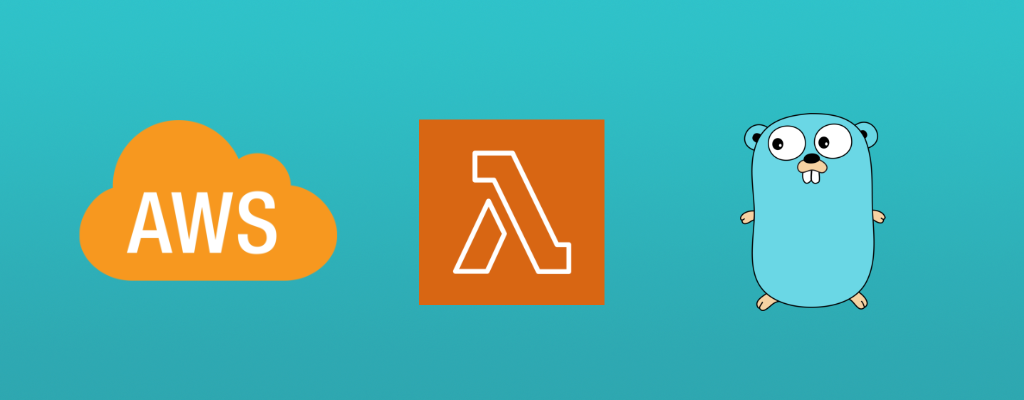For full disclosure, I’ve been writing Lambda function code since 2017 and I completely breezed over the release of Lambda Extensions back in 2020. Here’s the release announcement. At the core of extensions, you have internal and external options. For the balance of this article, I’m going to focus on building a Lambda extension with Golang and lean into the external style approach.
Extensions and Why
Taking a quick step back, why extensions? From an architect level of thinking, extensions give me the ability to have cross-team reuse of code without being tied to a particular language or build process. For something like Node or Python, you could use a standard Layer to package your Lambda reuse. But for something like Golang, where your code is packaged at build time and not run-time, then you sort of have to look at the shared library. I wrote about that here. But what if you wanted to create some shared functionality that was usable regardless of which language you built your Lamabda in? That seems to have some serious appeal for my current projects where teams are using different stacks to build their APIs due to need and comfort.









